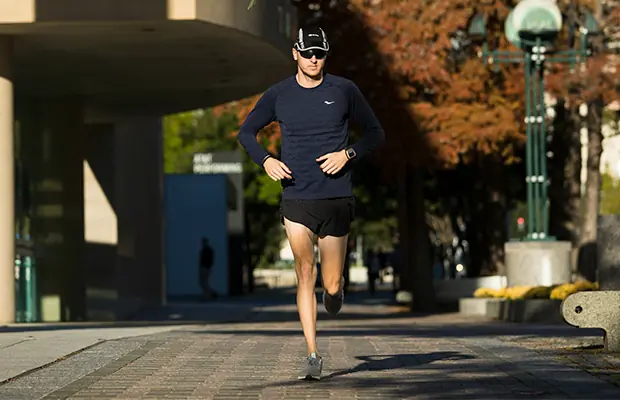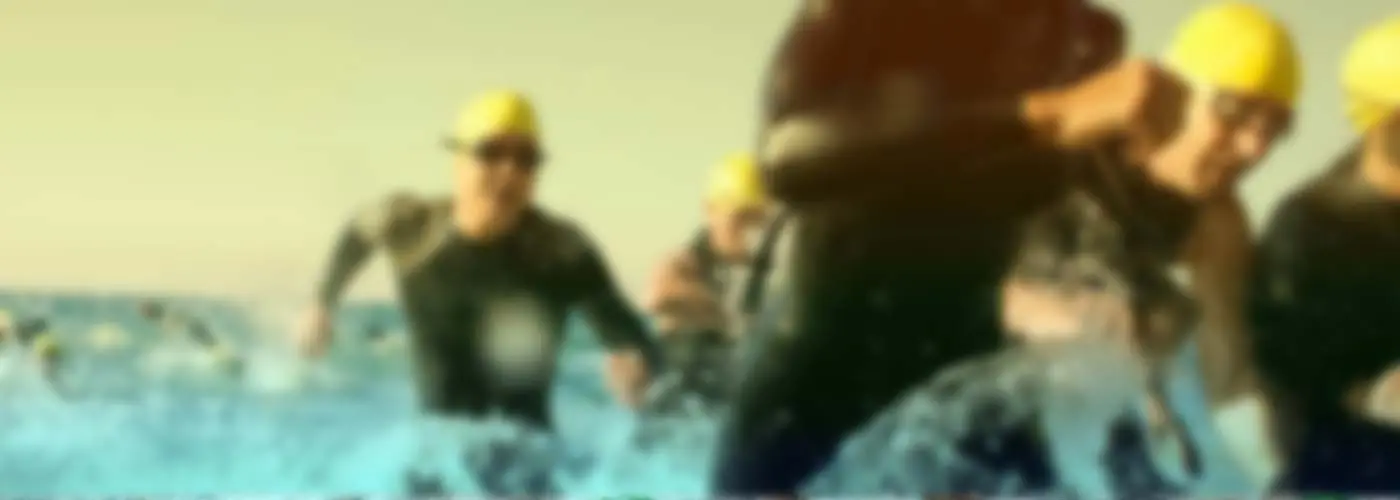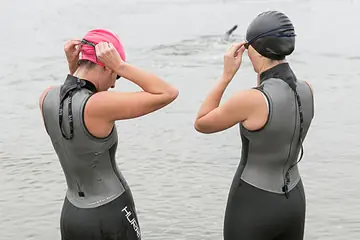
Shin splints will be the death of me.
I was genetically cursed with flat feet and skinny legs (my girlfriend calls them "aero" to make me feel better), making me especially prone to shin splints when training for long distance races.
Things were particularly bad two years ago when I was training for IRONMAN Arizona. We're talking bad enough that I completely stopped running, had x-rays to check for stress fractures and basically did the marathon leg cold turkey. My overall time was significantly slower than my original goal.
Enter 2016, now less than 20 weeks away from IRONMAN Texas. With the help of a coach, I'm trying a different approach this time around: Less volume, higher intensity.
Instead of 10-plus miles at a ~10 min/mile pace, I'm running eight to nine miles at an ~8 min/mile pace. Not exactly a land-speed record, but not bad for a cyclist either. And at this point of the training plan, I've logged more healthy miles than ever before.
But now that I'm in the thick of my training schedule, I'm starting to feel a tinge on the inside of my leg again. Deja vu.
This isn't another "How to Prevent Shin Splints" article, but I should point out this universal truth: If something, anything, everything sorta hurts, pump the brakes.
In 2014 I ran through the pain, thinking it was part of the process--ultimately sidelining myself for a crucial month and a half.
Last week I skipped two runs, opting for a trainer spin instead, and spent a lot of time either with my feet up and ice packs on, or stretching like I'd never stretched before. The cool thing about triathlon is if you can't do one of the sports, you have two others to back you up.
The pressure of a looming race can make missing a workout seem like you'll never cross the finish line. IRONMAN triathletes (and triathletes in general) usually have Type A personalities, and not hitting our weekly goals can leave us feeling frustrated and helpless.
But even when injured, there is light at the end of the tunnel. Your real goal should be the finish line, not crushing a Tuesday morning training run.
Long story short: Missing a few workouts to rest and recover is better than pushing through the pain and missing half your training plan.
So sit back, relax (to a point) and enjoy the ride.
Keep up with my current progress on Twitter (@nystrummin and @active) and on Instagram (@nystrummin and @activedotcom).
Interested in starting your own IRONMAN journey? Check out IRONMAN.com for a race near you.
Recent Articles:
- Road to IRONMAN Texas: Starting a Routine
- 10 Things to Ask Yourself Before Tackling 140.6
- 5 Keys To Improving Your Swim Technique
Connect with us on Twitter, Facebook, Instagram or Pinterest for more tips, recipes and ideas to fuel your ACTIVE life.
 Put your mental strength to the test. Sign up for a triathlon.
Put your mental strength to the test. Sign up for a triathlon.
About the Author










Discuss This Article